Coronary artery disease (CAD) is a major health issue that accounts for 30% of all global deaths. There is a recent growth in the global burden of coronary artery disease that is primarily attributable to the rising incidence across low- and middle income countries.
WHAT ARE CORONARY ARTERIES?
The heart carries out the function of pumping oxygen-rich blood throughout the body. To perform this function, the heart muscle needs its own rich supply of blood to meet its demand for oxygen. Oxygen reaches your heart through vessels called coronary arteries (supply). Most people will have three main heart vessels (coronary arteries) with more than 10 sub-branches. Usually One will have one major vessel on the right side and two on the left side (25% will have one more main heart vessel on the left side). The heart requires around 1ml/min/gm of blood at resting (demand). But it needs increases up to 6 ml/min/gm during strenuous exercise (increased demand).
Figure 1: Diagram showing two left-side main blood vessels and one right-side main blood vessel. Each again had multiple branches that ultimately supply blood to the heart muscle
WHAT IS CORONARY ARTERY DISEASE OR CAD?
Occasionally heart vessels become narrow or blocked due to the deposition of fatty material. This is called Coronary Artery Disease (CAD). Even if you have narrowing in your coronary arteries (i.e. even if you have coronary artery disease), the blood supply to your heart may be sufficient at rest (supply = demand). So you may not experience any symptoms despite the presence of blockage of the heart vessels at rest. But heart may not receive enough oxygen to meet its demands during periods of exertion ( walking, climbing stairs, running, etc. ) and it may cause chest pain (angina pain) or shortness of breath.
Figure 2:Diagram showing normal heart vessel in left inset and heart vessel witch got narrowing due to deposition of cholesterol in right insight
Usually, such narrowing occurs gradually over years at a certain pace due to deposition of cholesterol. The pace depends on multiple factors such as your cholesterol levels, frequency of smoking, presence of diabetes, blood pressure, and genetic factors. Such narrowing can range from 1 to 100%. When narrowing reaches more than 50 to 70%, you will experience symptoms of coronary artery disease. This kind of presentation is chronic stable angina. You need medication if your symptoms bother you a lot. Stenting or bypass surgery may be needed if you have symptoms despite using effective medication.
However, some blocks develop suddenly due to the formation of blood clots in a heart vessel. This can cause a heart attack. This kind of presentation is an acute coronary syndrome. You will experience symptoms all of a sudden. This is an emergency and you need to rush to the hospital immediately.
WHO CAN GET CORONARY ARTERY DISEASE OR CAD?
Following people are at high risk of developing CAD or blockages in the heart
- DIABETIC PATIENTS
- HIGH BLOOD PRESSURE OR HYPERTENSION
- SMOKERS
- OBESE PEOPLE
- PEOPLE WITH HIGH CHOLESTEROL OR DYSLIPIDEMIA OR HYPERCHOLESTEROLEMIA
- ELDERLY PEOPLE
- PEOPLE WHO CONSUME MORE UNHEALTHY FOOD
- PEOPLE WHO LACK PHYSICAL ACTIVITY
- PEOPLE WITH STRESS
- PEOPLE WITH FAMILY HISTORY OF CAD/STROKE
WHAT SYMPTOMS WILL I EXPERIENCE IF MY BLOOD VESSEL IS NARROWED (IF I HAVE CORONARY ARTERY DISEASE)?
When the heart does not receive enough oxygen to meet its demand, one may experience one or more of the following
symptoms
·Chest pain
·Pressure or discomfort in the chest
·Arm pain or heaviness with or without a chest pain
·A tightness in your throat, neck and/or jaw with or without a chest pain
·Shortness of breath (Dyspnoea) with or without a chest pain
·A feeling of indigestion (commonly mistaken as stomach problem)
·some may not experience any symptoms despite the presence of blockage (more commonly in elderly or women or those having diabetes).
HOW TO DIAGNOSE CORONARY ARTERY DISEASE?
Coronary artery disease should be suspected if you have symptoms like chest pain or shortness of breath. Your heart doctor will suspect it based on your symptomatology and background risk factors. He may advice you following tests to make a diagnosis of CAD
- ECG TEST
- 2D ECHO TEST
- TMT TEST OR DOBUTAMINE STRESS TEST OR NUCLEAR STRESS TEST
- CORONARY ANGIOGRAM -CONVENTIONAL OR CT ANGIOGRAM
Is there any use of CT calcium score for diagnosis of CAD?
CT calcium score is indicated only for asymptomatic patients. It is meant for you if you do not have symptoms of CAD like chest pain, or shortness of breath. But you can undergo the test along with CT coronary angiogram. CT calcium score tells you the burden of cholesterol in the whole heart but does not identify severity of the blockages in your coronary arteries.
MY ECG AND 2D ECHO ARE NORMAL, CAN I HAVE CAD ?
ECG and 2d echo tests are medical tools


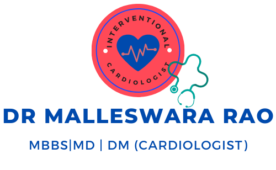

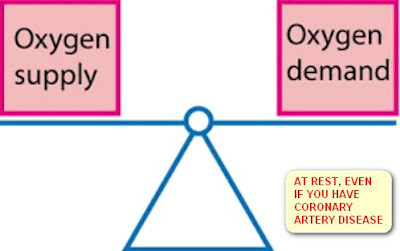
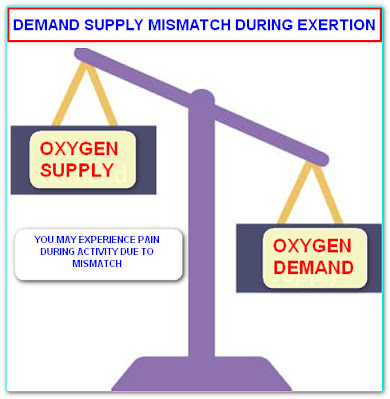
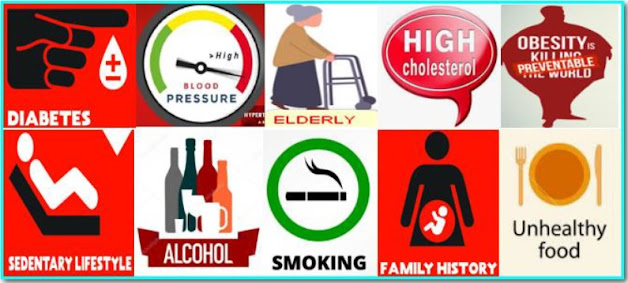
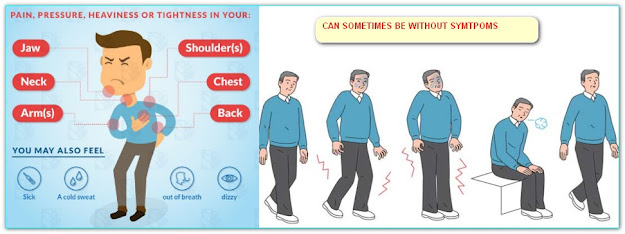
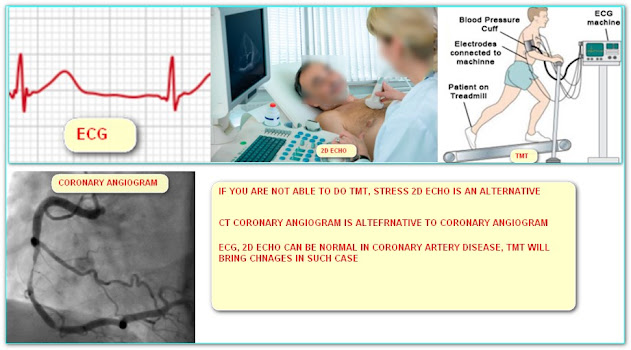
I think this is an informative post and it is very useful and knowledgeable. therefore, I would like to thank you for the efforts you have made in writing this article.
Heartfort supplement
The article was up to the point and described the information very effectively. Thanks to blog author for wonderful and informative post.
Gastroenterologist
Thanks for giving this information. It is very helpful for me.
Pain In Left Breast
pain under my left breast
The data you have shared here about Sexual trauma therapist is truly instructive as it contains some extraordinary information which is exceptionally useful for me. Much obliged for posting it. Keep it up.